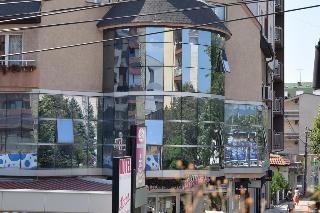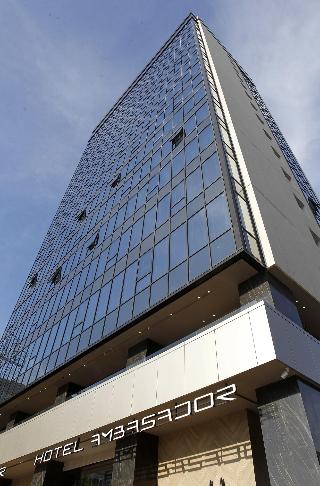Nisホテル検索結果
AIが見つけた軒のホテルの最安値をご覧ください。
ベストホテル
最安値のホテル
ホテル等級
AIおすすめ
Nisベストホテル
Nis 最低価格のホテル
最高評価のホテル
Nisにある4つ星ホテル
Nisにある3つ星ホテル
AIがおすすめする世界の旅行先
Nis近くのホテル情報
Nis 旅行に欠かせない情報
Niš (Serbian Cyrillic: Ниш, pronounced [nîːʃ] ( listen)) is the third-largest city in Serbia and the administrative center of the Nišava District. According to the 2011 census, the urban area of Niš has a population of 187,544, while the administrative area has a population of 260,237 inhabitants.
It is one of the oldest cities in the Balkans and Europe, and has from ancient times been considered a gateway between the East and the West. It was founded by the Scordisci in 279 BC after the invasion of the Balkans. The city was among several taken during the Roman conquest in 75 BC; the Romans constructed the Via Militaris through the city in the 1st century, and it is also the birthplace of Constantine the Great, the first Christian Emperor and the founder of Constantinople, as well as Constantius III and Justin I. It is home to one of the oldest churches in Serbia, dating back to the 4th century, in the suburb of Mediana. During the partition of the Roman Empire it fell under the control of the Byzantine Empire. In the 6th century Slavic tribes began settling the Balkans; the town was held by the Byzantines until the 9th century when it fell under Bulgar rule. Authority over the city was contested until the Byzantines eventually granted the city to the Serbs in the 12th century. Niš served as Stefan Nemanja's capital. It was conquered by the Ottomans in the 15th century, becoming the seat of a sanjak initially in Rumelia Eyalet (1385-1443, 1448-1846), then in Niš Eyalet (1846-1864) and finally in Danube Vilayet (1864-1878). It was conquered by the Serbian Army in 1878 during the Serbian–Ottoman War (1876–78).
Niš is one of the most important industrial centers in Serbia, especially in the electronics (see Elektronska Industrija Niš), mechanical engineering, textile, and tobacco industries. Niš Constantine the Great Airport is its international airport. In 2013 the city was host to the celebration of 1700 years of Constantine's Edict of Milan.
 時間 UTC+02
時間 UTC+02 通貨 RSD
通貨 RSD 言語 Serbian, Romanian, Hungarian, Slovak, Croatian, Albanian
言語 Serbian, Romanian, Hungarian, Slovak, Croatian, AlbanianStaypiaだけの特別な特典
リアルタイムホテル最安値比較
AIが見つけたin Nisの軒のホテルのリアルタイム最安値を簡単に比較検索できます。
316万軒のホテルを最安値で予約
最低価格に最大31%追加メンバーシップ割引でさらにお得にご予約いただけます。
自分だけの
AIがリアルタイムで更新するNis旅行情報で便利に旅行を準備しましょう。
よくある質問
一般的なホテルの場合、客室予約はキャンセル締切日前まで無料返金が可能です。キャンセル締切日以降は手数料が発生する場合がありますので、ホテルバウチャーまたはメニュー>マイ予約でキャンセル締切日をご確認ください。
ステピアでは、AIが収集した316万件のホテルの最安値はもちろん、会員限定の追加割引価格で人気ホテルを予約することができます。













